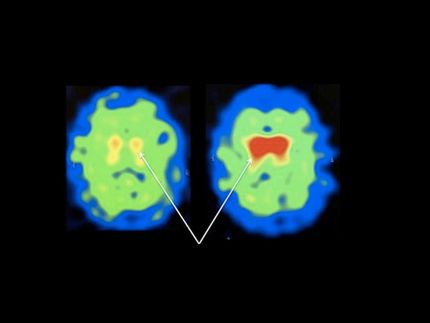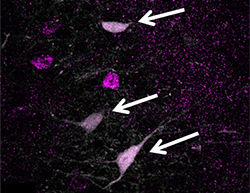Unconscious learning uses old parts of the brain
Advertisement
A new study from the Swedish medical university Karolinska Institutet provides evidence that basic human learning systems use areas of the brain that also exist in the most primitive vertebrates, such as certain fish, reptiles and amphibians. The study involved an investigation into the limbic striatum, one of the evolutionarily oldest parts of the brain, and the ability to learn movements, consciously and unconsciously, through repetition.
"Our results strongly substantiate the theories that say that the implicit, by which I mean non-conscious, learning systems of the brain are simpler and evolutionarily older," says Associate Professor Fredrik Ullén from Karolinska Institutet and the Stockholm Brain Institute.
Many of the mundane skills that we apply every day, such as buttoning up a shirt or playing an instrument, comprise a sequence of discrete movements that must be carried out in the correct order. Scientists have long known that there are two learning systems for such patterns of movement; with the implicit system, we learn without being aware of the fact and without conscious training, such as through simple repetition. The explicit system, on the other hand, we use when we consciously train and are aware of what we are learning.
A brain structure that is involved in learning and motor control is the basal ganglia, which lie deep in the cerebral hemispheres. Dopamine, a substance used in the transmission of signals between neurons, is important for learning and the plasticity of the basal ganglia.
In the present study, which is published in PNAS, researchers have examined both the implicit and explicit learning of motor sequences in relation to the number of dopamine D2 receptors in the basal ganglia. While they found a correlation between D2 receptor density and both forms of learning, they also noted that the evolutionarily oldest part of the basal ganglia – the limbic striatum – was only involved in implicit learning.
"In other words, we probably have certain fundamental learning systems in common not only with rats, mice and other mammals, but also with the most primitive vertebrates, which also have a limbic striatum," says Dr Ullén.
In the future, a better understanding of how these learning systems work can be of use in developing new treatments for diseases such as Parkinson's and Huntington's, which are characterised by disorders of basal ganglia function and impaired motor skills.
Original publication: Anke Karabanov, Simon Cervenka, Örjan de Manzano, Hans Forssberg, Lars Farde & Fredrik Ullén; "Dopamine D2 receptor density in the limbic striatum is related to implicit but not explicit movement sequence learning", PNAS 2010.




























































